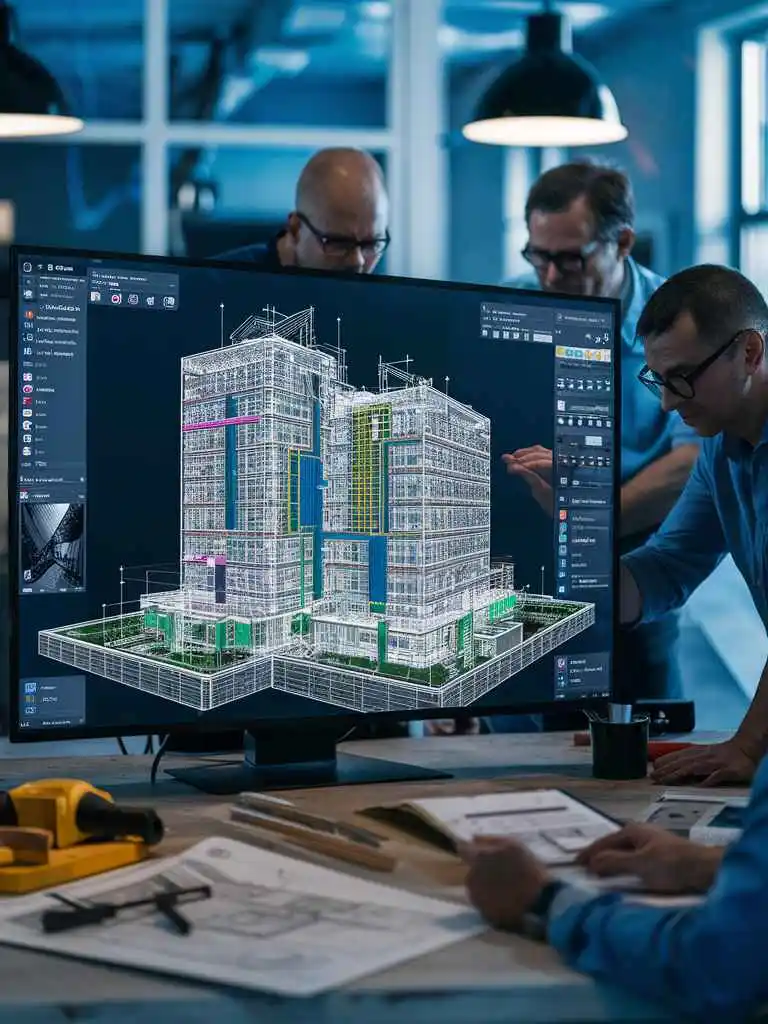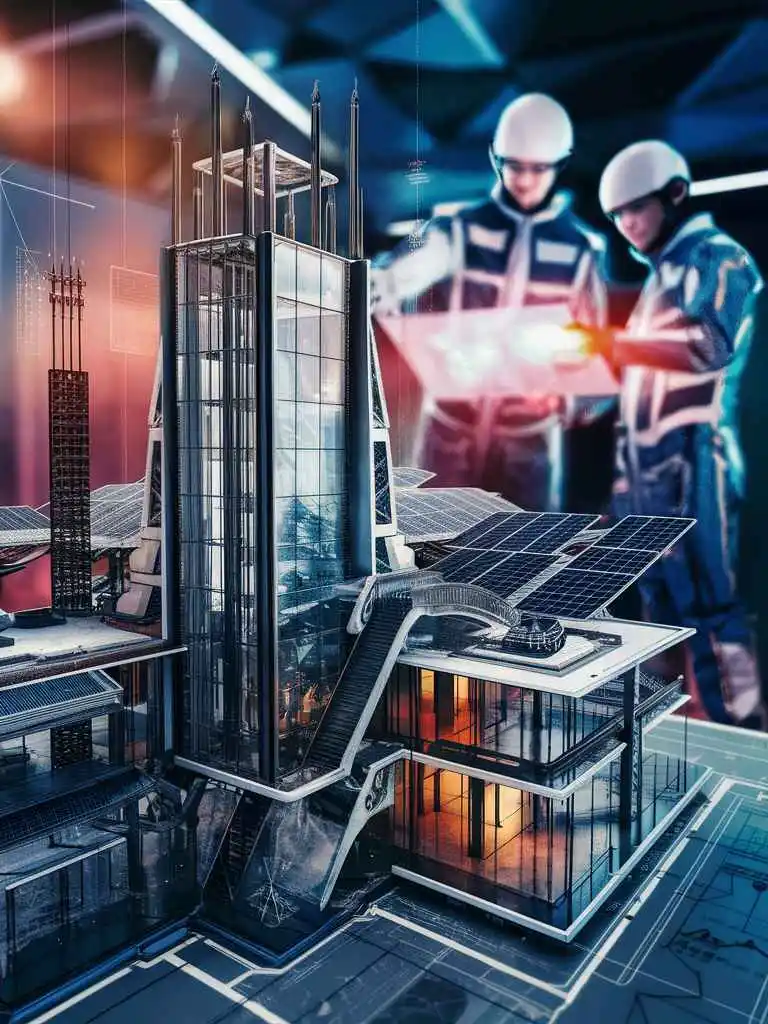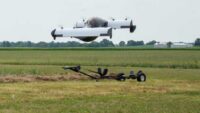Benefits of Digital Twin in Construction
Enhanced Collaboration
There are improvements in coordination involving architects, engineers and contractors as well as facility managers in different projects through Digital Twins. These digital models help the people understand that everyone has access to the same source of information which dispels misunderstanding and brings in better decision making.
Integrated Information: All the stakeholders can receive actualised information on a project at any one time to eliminate communication barriers between them.
Improved Coordination: When utilized in an integrated system, Digital Twins give different teams a coordinated approach that helps to avoid mistakes and delay.
Increased Efficiency
The virtual environment allows for the evaluation of different situations and, therefore, choosing the proper approach to construction and materials. It results in substantial amount of time and money that can be saved by rectifying small concerns before it turns into big issues.
Optimized Construction Processes: Through simulations, best construction practice is determined and this cuts the amount of time, and resources used in correcting mistakes.
Resource Savings: Scheduling and timely responsiveness reflect the amount of excess physical material used and project performance.
Improved Safety
For the Digital Twins of construction sites to be a reliable tool for safety inspections, the system should perform real-time monitoring of the workplaces and instantly detect obstacles and dangerous conditions that call for an immediate reaction in case of emergencies. Analytical prediction also can take into account risks and, therefore, provide for actions to counter them.
- Hazard Detection: They are the tools which can see that all working conditions are safe and if not, appropriate actions are taken.
- Safety Simulations: Accidents thus can be prevented because simulators can be used to improve working conditions and to educate the workers as well.Sustainability
- One more way that Digital Twins help make an organization sustainable is when it comes to consumption of resources and managing waste products. They facilitate improved planning of materials and allow the integration of energy-efficient systems to improve on the environment friendly construction processes.
- Efficient Resource Utilization: The first is due to the fact that accurate planning and monitoring cuts down on wastage and resources utilization favours sustainable ones.
- Energy Efficiency: Maintenance of optimal consumption of energy in the buildings as well as other systems also help to minimize the effects of the environment on the buildings.
- Implications of Continuing Disparities, Strategies to Overcome These and Future Opportunities
- However, there are certain drawbacks of implementing Digital Twin in the construction industry. Among these are the costs of the initial setup of the system, the fact that utilization of the system requires high technical skills for data analytics, and the issues of security and privacy of those data being generated.
- Cost: Said investment offers a powerful return but the first expense of technology and training will be high.
- Skill Gaps: In some cases, Digital Twins also need to be used efficiently, and this knowledge may not be available in all organizations.
- Data Security: Ensuring the Data Security of the huge volumes of data that Digital Twins produce and interact with is very important to avoiding vulnerability to cyber criminals.
- Nevertheless, the mentioned challenges are still formidable, but the situation will change as innovations develop incessantly and industry participants accumulate more experience in the use of Digital Twins. AVMs reveal that Digital Twin technology is the way forward when it comes to the construction industry’s digital future. With more successful examples of applying Digital Twins, it is only natural for more dominances to appear and lead to more advanced solutions for improving the construction business.
Conclusion
Digital Twin in construction will revolutionalise the construction industry by providing the means of achieving better design and construction control and making the life span of buildings more efficient. In addition, Digital Twins provide an enhanced means for decision making, operational optimization and improved sustainability for physical assets as seen from the representation above.
















